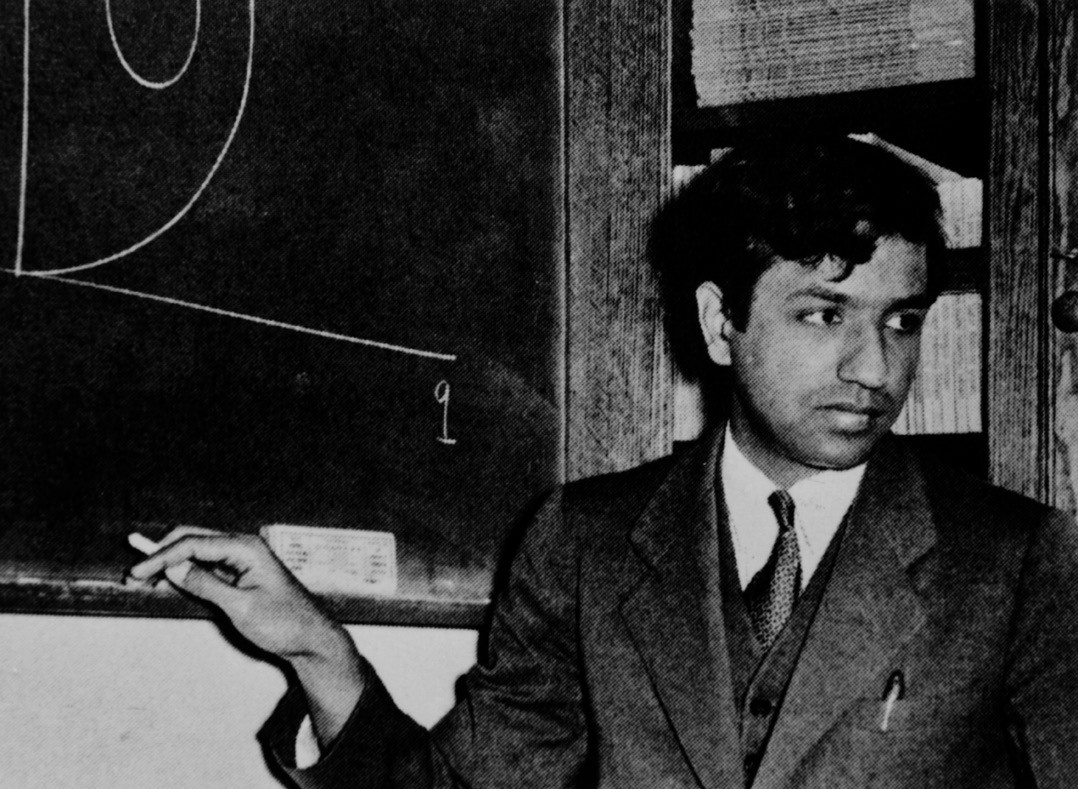
Subrahmanyan Chandrasekhar (known as Chandra) was born in Lahore, now part of Pakistan. One of ten children, he was tutored at home until his family moved to Madras, where he attended the Hindu High School. Chandrasekhar aspired to be a scientist and, encouraged by his mother, a highly intellectual woman who was intensely ambitious for her children, he studied physics at Presidency College, Madras. Here he met Lalitha Doraiswamy, who later became his wife.
After graduating in 1930, Chandrasekhar was awarded a scholarship to study for a PhD at Cambridge. It was during his voyage to England that he made his best-known discovery. Using Einstein’s special theory of relativity and the principles of quantum mechanics, Chandrasekhar showed that there is an upper limit of mass—now called the Chandrasekhar limit—above which stars cannot become white dwarfs at the end of their lives. Stars with greater masses must evolve into denser objects—neutron stars or black holes.
Your organisation does not have access to this article.
Sign up today to give your students the edge they need to achieve their best grades with subject expertise
Subscribe




